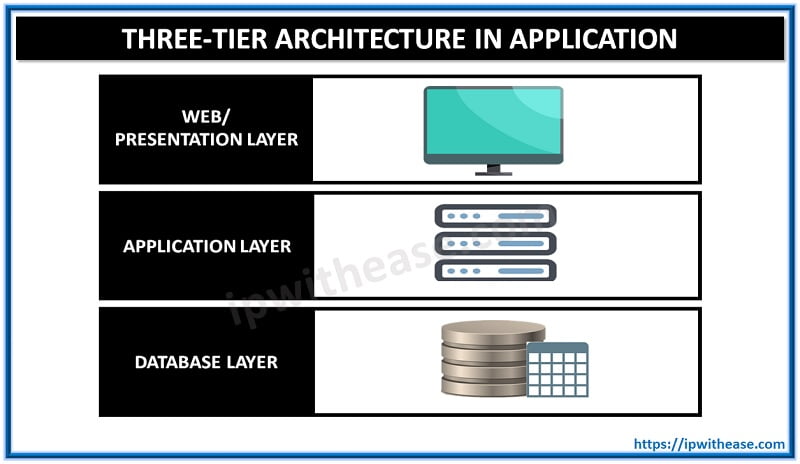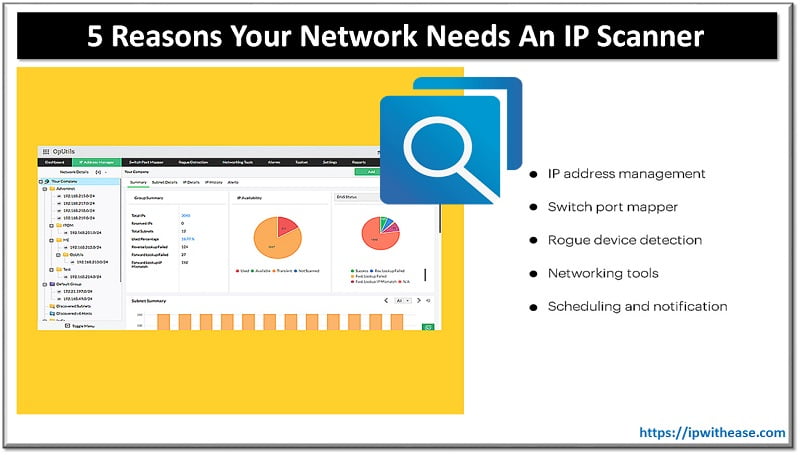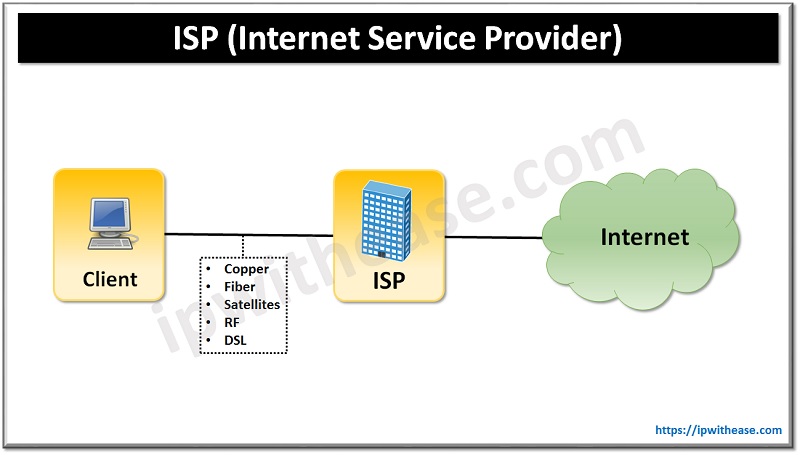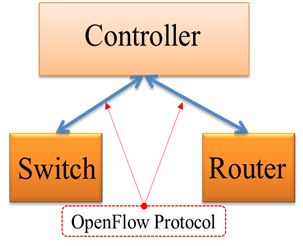A modular architecture of client-server termed as 3 tier application is the one consisting of database tier, application tier and presentation tier. While information is stored in the data tier, logic is handled by application tier and the graphical user interface is presentation tier that establishes communication with the remaining two tiers. These three tiers are not physical but logical and their running does not take place on same physical server.
Presentation tier:
The development of this tier takes place with cascading style sheets, HTML5 and Javascript and an application that is web-based or web browser is used for deploying this tier to computing device. The API (application program interface) calls are used by presentation tier for establishing communication with the remaining two tiers.
Application tier:
Another referral term used for application tier is logic tier. Programming language is used for writing application tier like Java and it also consists of business logic for the purpose of supporting core functions of the application. Hosting of the fundamental application tier takes place either on in-house dedicated server or on the distributed servers present in cloud. It depends on the processing power that is required by the application.
Database tier:
A database is present in data tier along with a program that is used for the purpose of managing writing and reading access to database. The other referral term for this tier is storage tier and its hosting is possible in cloud or on-premises. PostgreSQL, MySQL, MongoDB and Microsoft SQL are included in the popular systems of database for the purpose of managing writing/reading access.
Benefits of Three-tier Architecture Application :
When the 3-tier application architecture is used, it offers several benefits including performance, horizontal scalability and availability. Concurrent development of each of the part is possible with 3-tier architecture by varied teams of programmers who make use of coding languages different from developers of other tier. Other tiers are not affected when programming of one tier is relocated or changed. This is the reason why a software packager or an enterprise finds this model to be an easier option for evolving the application on continuous basis with the rise of new opportunities and demands. Temporary or permanent encapsulation or retention of critical parts or existing applications is possible with the new tier.
With the modularization of several tiers of an application, the teams get ability of enhancing and developing the product having higher speed compared to the development of single code base since the other layers are minimally affected with upgrades done in any specific layer. The efficiency of development is also enhanced with this since teams are allowed for focusing more on the core competencies.
Related – Tier 1, Tier 2, Tier 3 and Tier 4 Data Center
The 3 tier application architecture has another best advantage in the form of scalability. Scaling of each layer is possible independently with different layers separation on the basis of demand at any specific time. For instance, if several web requests are being received at your end but not much of them have affect of the application layer, the web servers scaling is possible without touching the servers of application.
Similarly, if several requests are received at your end from just handful of the web users then the data layers and application could be scaled for meeting the demands without touching servers. This allows for independent load balancing of each layer so that even with the minimal resources, the overall performance could be enhanced. Along with this, one can get several options for deployment from different tiers modularizing since it helps in creating the desired independence.
For instance, you have the option to select hosting of web servers in private or public cloud while onsite hosting of data and application layers. Cloud hosting of data and application layers could also be selected while hosting of web servers takes place locally.
The availability and reliability could also be increased with availability of disparate layers since different parts could be hosted on different servers and the cached results could be utilized. There are chances of degrading server performance with full stack system and the complete system’s performance is affected. However, the different parts are separated physically creating enhanced independence while minimizing the issues with performance when server goes down.
ABOUT THE AUTHOR

You can learn more about her on her linkedin profile – Rashmi Bhardwaj



